US Churches Continue A Rapid Decline
Movie theaters, shopping centers, restaurants, and more have all bounced back since the lockdown days of the COVID pandemic. However, at least one previously bustling ‘business’ is still struggling to recover: US churches.
Religion :
In Harlem, NY just prior to the COVID shutdown, European tourists could stand in the middle of 145th St. and Convent Avenue on any Sunday morning and receive a veritable gospel explosion. Right at 11am, the historic Convent Avenue Baptist Church would just be launching into its rousing opening song while just across the street, the choir at the Greater Tabernacle Baptist Church would be cranking up their organ and drums for their own start to a gospel good time. By listening carefully, one could also hear about a half-dozen other churches in the vicinity embarking on their Sunday morning service.
Sadly, that was then, and this is now.
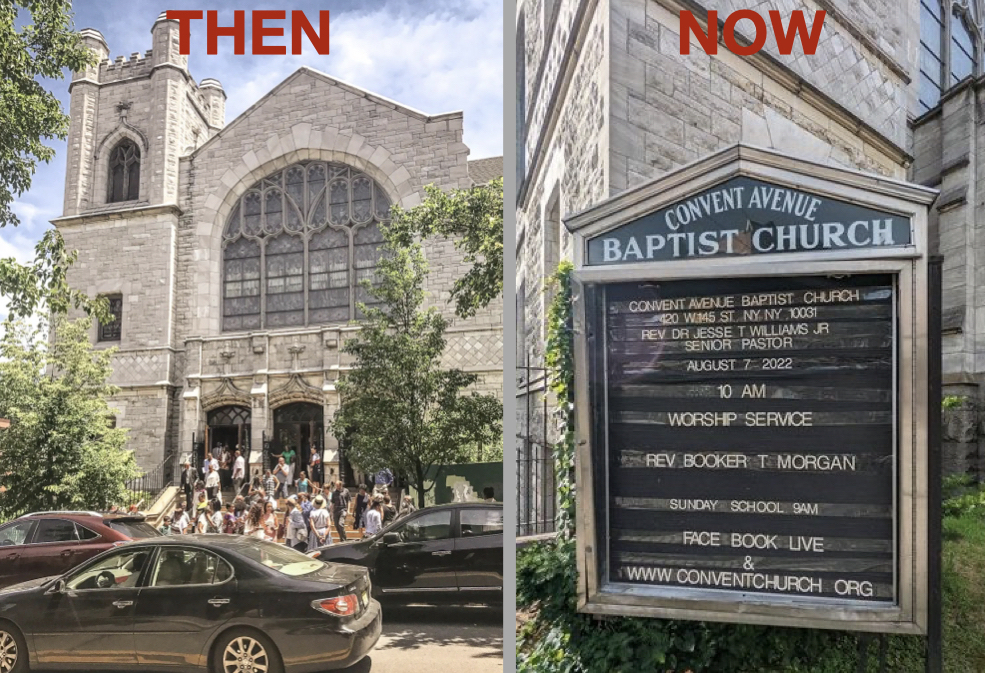
These days, the humongous Convent Avenue Baptist Church — which is so large, it takes up half of a city block — sits eerily empty. The days of churchgoers dressed to the 9s in their Sunday best showing up to receive the gospel has been replaced with an online-only church service delivered on Facebook LIVE. Across the street at the Greater Tabernacle Baptist Church, the entire building remains dark and vacant, with no listing of an online service or future plans to reopen.
The situation in Harlem is not just limited to New York City. Oddly, US churches across the country have dwindled to smaller and limited church services, online-only sessions, or have completely closed altogether.
So, what’s going on?
According to The Guardian, US churches are closing at rapid numbers due to declining congregations as well as a younger generation of Americans who’ve abandoned Christianity altogether.
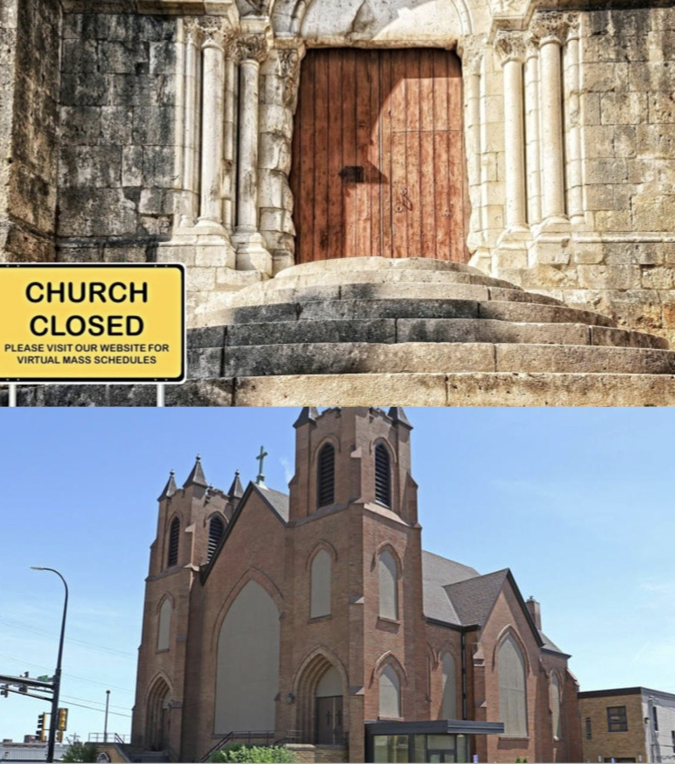
Granted, the pandemic permanently changed a lot for society.
During the 2 years of COVID lockdown, we all learned how to enjoy food from our favorite restaurants without physically going out to eat. We took advantage of watching newly released movies at home via HBO Max instead of needing to go to a movie theater. And, we even learned how to get our Sunday morning spiritual food online without ever having to dress up, travel, and sit inside a house of worship. Still, those are only some of the reasons US churches are suffering.
The reality is that older church members (who enjoyed the Sunday morning ritual of going to church and experiencing their faith in a community setting) have died or are dying off. The younger generations (who are used to technology handling everything over having to do anything manually) either want their spirituality online like everything else, or they’re just not into it like those before them.

“The [COVID] closures, even for a temporary period of time, impacted a lot of churches. People breaking that habit of attending church means a lot of churches had to work hard to get people back to attending again,” said Scott McConnell, executive director at Lifeway Research.
“In the last 3 years, all signs are pointing to a continued pace of closures probably similar to 2019 (when 4,500 Protestant churches closed) or possibly higher, as there’s been a really rapid rise in American individuals who say they’re not religious.”
Additionally, younger generations have completely accepted their own fluid sexuality, LGBTQ friendships and relationships, non-binary genders, and more, whereas almost all churches have not. So, for them, they don’t see a reason to attend or support a US church that doesn’t support them.
“Church members seem to be judgmental or hypocritical,” McConnell said. “And so the younger generation just doesn’t feel like they’re being accepted in a church environment or some of their choices aren’t being accepted by those at church.”
Still, there’s more.
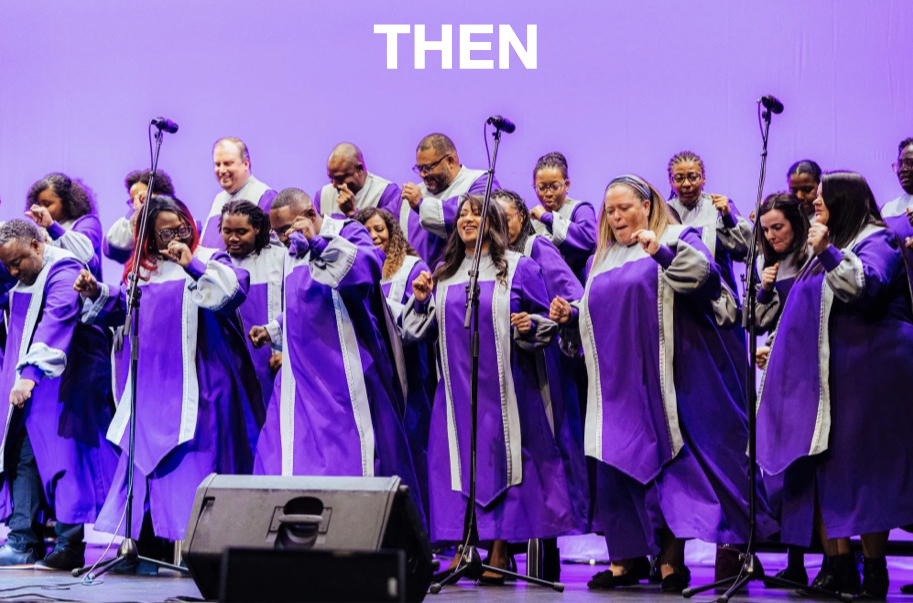
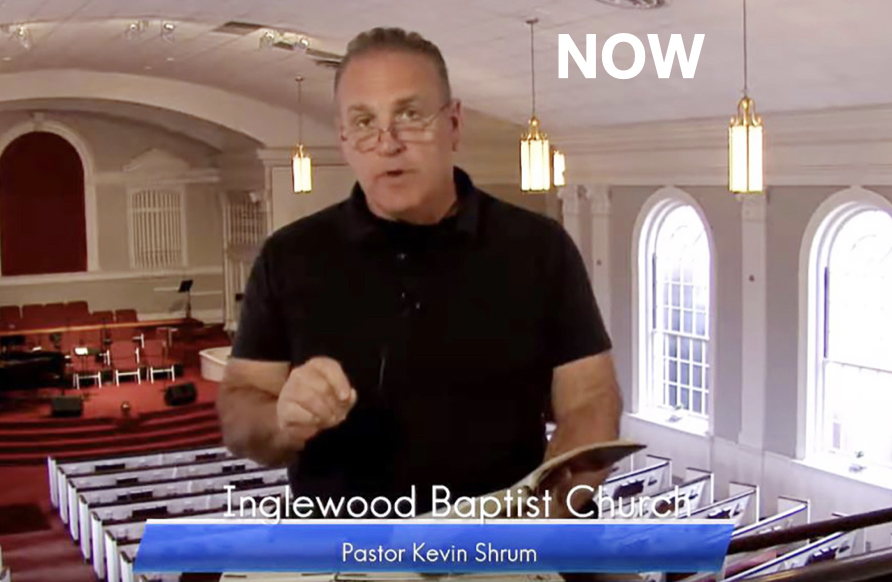
According to a study by Pew Research:
“Since the 1990s, large numbers of Americans have left Christianity to join the growing ranks of US adults who describe their religious identity as atheist, agnostic, or ‘nothing in particular. This accelerating trend is reshaping the US religious landscape.”
These collective facts have created some extremely difficult decisions for pastors at US churches everywhere, who are now being forced to decide if their dwindling congregations should hang in there or are just no longer sustainable.
OK WASSUP! discusses Religion:
US Churches are hemorrhaging members.

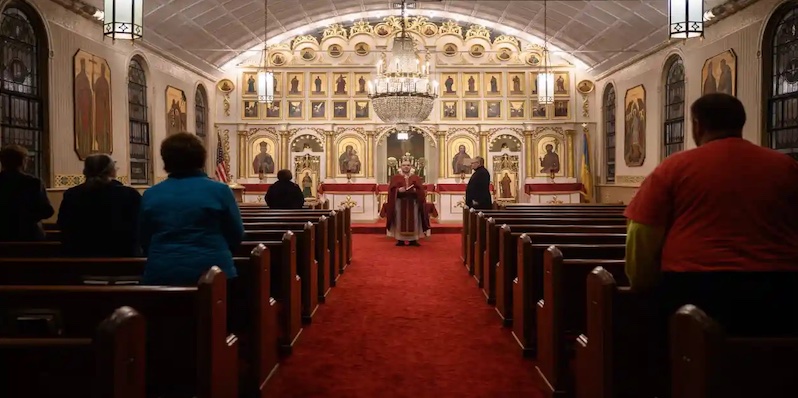




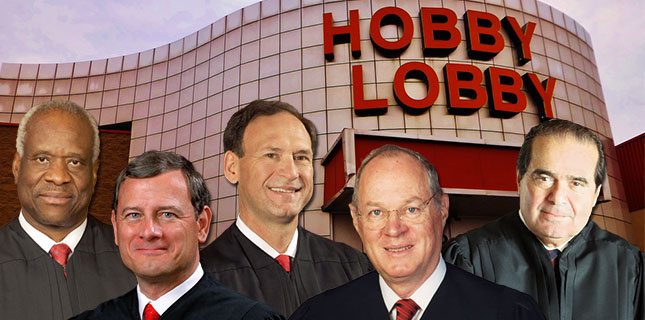
US Catholic News:
Decades of disaffiliations, which at one point made ex-Catholics the second largest religious demographic in the United States, have been joined in recent years by an accelerated decline in Mass attendance in the wake of the COVID-19 pandemic.
“Every parish is seeing it,” says Michael Sennett, director of communications and coordinator of social justice programming at St. Ignatius of Loyola Church in Chestnut Hill, Massachusetts. Whether in the form of no longer giving, volunteering, or showing up at all, he sees “people willing to put down their foot and say, ‘I’m done.’ ”
Collectively, it’s led to a sense that the church has to do something about those who walk away and don’t come back. At the global level, Pope Francis has called a synodal listening and discernment process for the whole church slated to run into late 2024. The U.S. bishops have initiated their own call for renewed teaching and understanding of the Eucharist. Beneath the surface of each initiative are foundational questions about who gets to call themselves Catholic, who gets to call anything Catholic, and who even wants to be called Catholic.
In the United States, the church hierarchy has continued largely undeterred on a path of making clear that certain identities—whether sexual, political, or otherwise—are irreconcilable with being Catholic. This includes pushes to oppose gay marriage and deny communion to politicians who support legal abortion.
This matters because, when a church—or any group—seeks a strident sense of identity for itself, the members who feel it most are people whose identities place them at the outermost edges. Those people are also most vulnerable to the aggression of other members who police those edges and declare definitively who’s in and who’s out. In the Catholic Church, many people can’t articulate their misgivings with the atmosphere created by the latter group, so instead they simply leave.
This is a timely article that makes some good points. On one hand the pandemic stopped a lot of people going to church and they never got back in to going again. But also the new generation is not feeling church because like DJ said how the church judges gay people and genders. It’s not just in New York because a lot of churches shut down here in Chicago and never reopened. They have a big problem on their hand and probably have to be more accepting and get modern or more churches will close.
I’m not at all surprised by the fact the Catholic Church has been experiencing “Decades disaffiliations” among its flocks, given its appalling history of providing a safe a haven for gay pedophilic male priests to prey on young children (mostly boys).
But I have to also say this: Sadly, no matter the denomination, the decline is real. And the reason does go further than people opting to attend via “virtual church service” instead of in-person.
I would posit that in most cases “the Church” itself has done more to drive people away (especially young people) than anything! Too often “the church” comes across as unwelcoming in its message to younger generations and this includes predominantly Black churches.
And the lies and grift (the “prosperity gospel”), hypocrisy and extremisms (Talibangelicals and other Religious reich fanatical groups). Young people see right through all of it.
And they’re simply saying No!